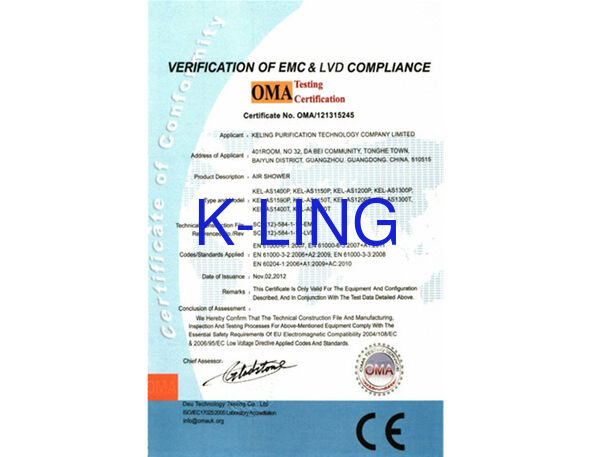We will look at several areas of concern to get a better idea of the overall picture of contamination control. These are the things that need to be considered when providing an effective contamination control program.
HEPA (High Efficiency Particulate Air Filter) - These filters are extremely important for maintaining contamination control. They filter particles as small as 0.3 microns with a 99.97% minimum particle collective efficiency.
CLEANROOM ARCHITECTURE – Clean rooms are designed to achieve and maintain an airflow in which essentially the entire body of air within a confined area moves with uniform velocity along parellel flow lines. This air flow is called laminar flow. The more restriction of air flow the more turbulence. Turbulence can cause particle movement
FILTRATION - In addition to the HEPA filters commonly used in clean rooms, there are a number of other filtration mechanisms used to remove particles from gases and liquids. These filters are essential for providing effective contamination control.
CLEANING - Cleaning is an essential element of contamination control. Decisions need to made about the details of clean room maintenance and cleaning. Applications and procedures need to be written and agreed upon by clean room management and contractors (if used). There are many problems associated with cleaning. Managers need to answer the following questions before proceeding with any clean room cleaning program:
1. What is clean?
2. How is clean measured?
3. What cleaning materials can be used in the clean room?
4. When can the clean room be cleaned?
5. How frequent does it need to be cleaned?
CLEANROOM GARMENTS - The requirements for clean room garments will vary from location to location. It is important to know the local garment requirements of the clean room management. Gloves, face masks and head covers are standard in nearly every clean room environment. Smocks are being used more and more. Jump suits are required in very clean environments.
HUMANS IN CLEANROOMS - There are both physical and psychological concerns when humans are present in clean rooms. Physical behavior like fast motion and horseplay can increase contamination. Psychological concerns like room temperature, humidity, claustrophobia, odors and workplace attitude are important. Below are several ways people produce contamination:
1. Body Regenerative Processes-- Skin flakes, oils, perspiration and hair.
2. Behavior-- Rate of movement, sneezing and coughing.
3. Attitude-- Work habits and communication between workers.

 Your message must be between 20-3,000 characters!
Your message must be between 20-3,000 characters! Please check your E-mail!
Please check your E-mail!  Your message must be between 20-3,000 characters!
Your message must be between 20-3,000 characters! Please check your E-mail!
Please check your E-mail! 

